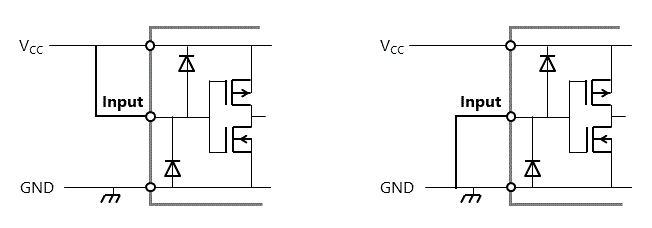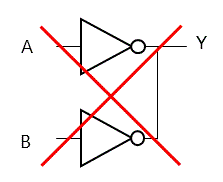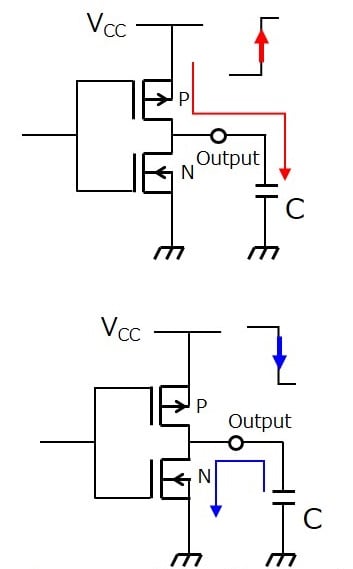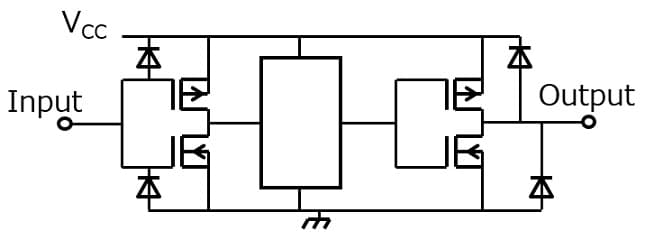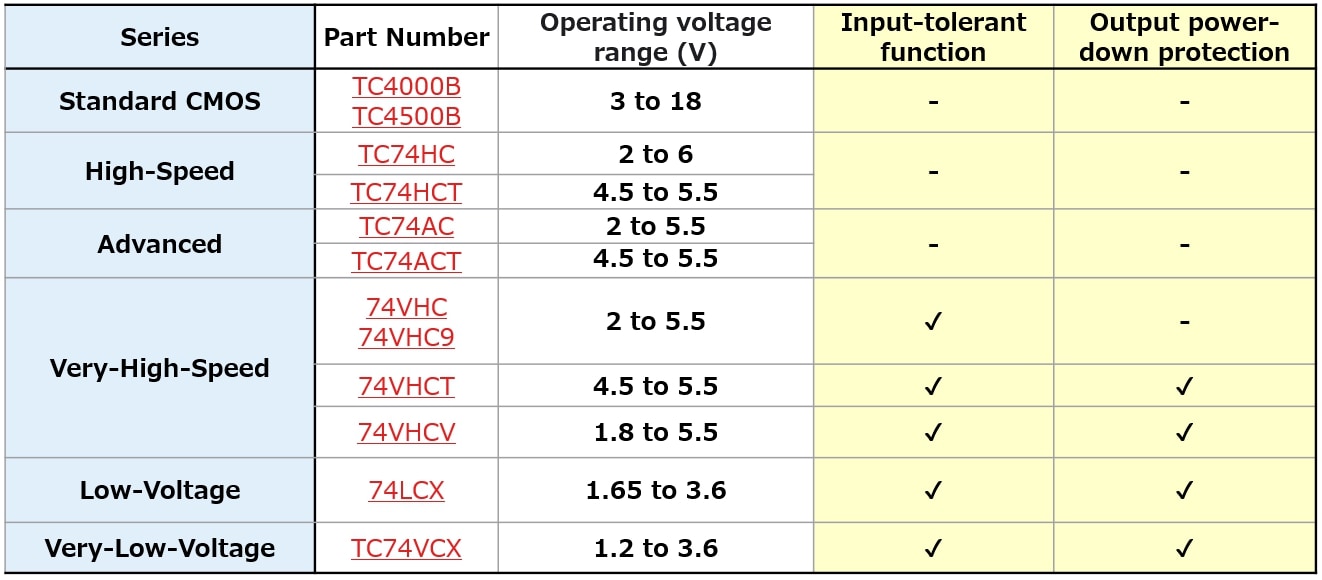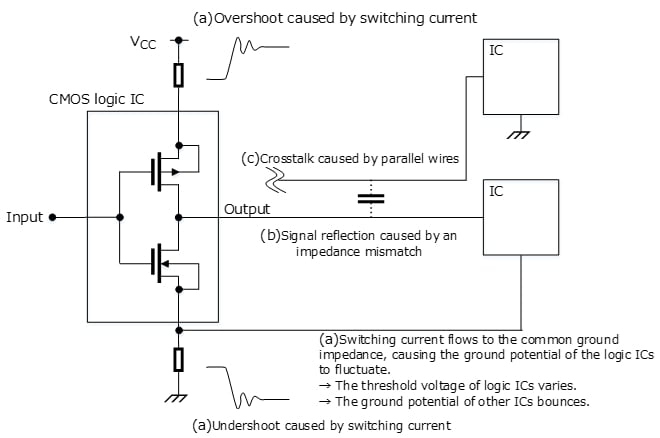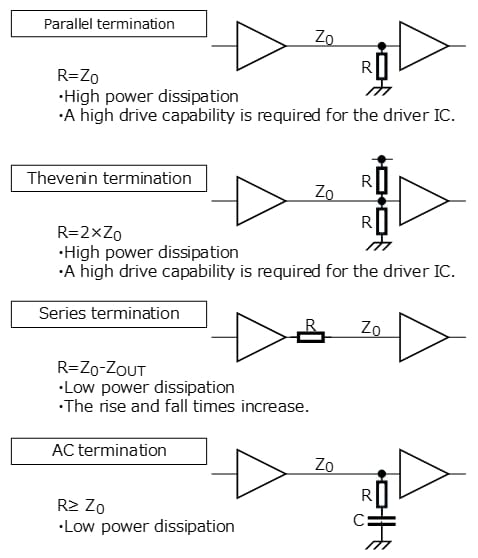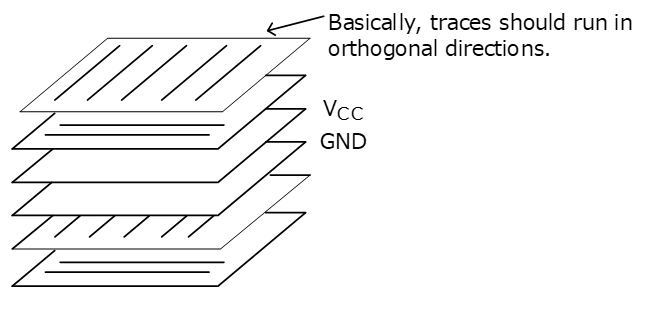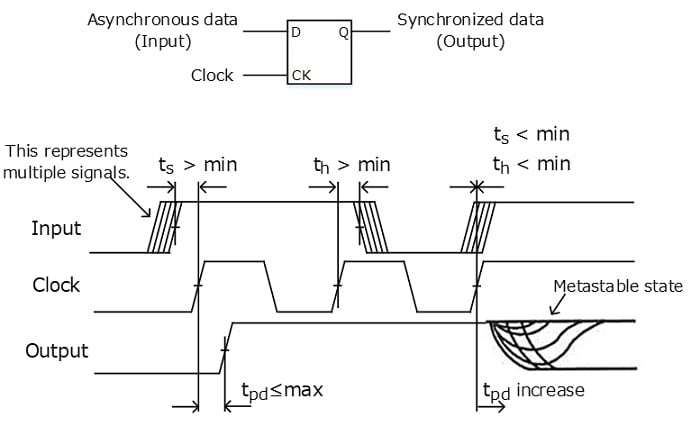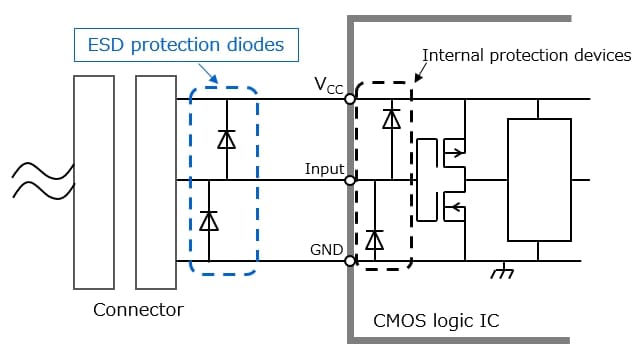- General Top
- SEMICONDUCTOR
- STORAGE
- COMPANY
-
My ToshibaSemicon
- Semiconductor Top
-
ApplicationsAutomotive
Body Electronics
xEV
In-Vehicle Infotainment
Advanced Driver-Assistance Systems (ADAS)
Chassis
IndustrialInfrastructure
BEMS/HEMS
Factory Automation
Commercial Equipment
Consumer/PersonalIoT Equipment
Healthcare
Wearable Device
Mobile
Computer Peripherals
-
ProductsAutomotive Devices
Discrete Semiconductor
Diodes
Transistors
Logic ICs
Analog Devices
Digital Devices
Wireless Devices
※
: Products list (parametric search)
Power SemiconductorsSiC Power Devices
※
: Products list (parametric search)
Isolators/Solid State RelaysPhotocouplers
Digital Isolators
Solid State Relays
Fiber Optic Transmitting Modules
※
: Products list (parametric search)
MOSFETsIGBTs/IEGTsBipolar Transistors※
: Products list (parametric search)
Diodes※
: Products list (parametric search)
MicrocontrollersMotor Driver ICsIntelligent Power ICs※
: Products list (parametric search)
Power Management ICsLinear ICs※
: Products list (parametric search)
General Purpose Logic ICsLinear Image SensorsOther Product ICsOther Product ICs
※
: Products list (parametric search)
-
Design & Development
-
Knowledge
- Where To Buy
- Part Number & Keyword Search
- Cross Reference Search
- Parametric Search
- Stock Check & Purchase
This webpage doesn't work with Internet Explorer. Please use the latest version of Google Chrome, Microsoft Edge, Mozilla Firefox or Safari.
require 3 characters or more. Search for multiple part numbers fromhere.
The information presented in this cross reference is based on TOSHIBA's selection criteria and should be treated as a suggestion only. Please carefully review the latest versions of all relevant information on the TOSHIBA products, including without limitation data sheets and validate all operating parameters of the TOSHIBA products to ensure that the suggested TOSHIBA products are truly compatible with your design and application.Please note that this cross reference is based on TOSHIBA's estimate of compatibility with other manufacturers' products, based on other manufacturers' published data, at the time the data was collected.TOSHIBA is not responsible for any incorrect or incomplete information. Information is subject to change at any time without notice.
require 3 characters or more.
1-12. Countermeasures for Latch-Up
A latch-up is a phenomenon specific to CMOS integrated circuits that is caused by SCR (Silicon Controlled Rectifier) generation.
Let’s consider a CMOS logic IC formed on an n-substrate. A CMOS logic IC has various parasitic bipolar transistors (Q1 to Q6), internally forming a triac circuit. A common cause of a latch-up is excessive noise, surge voltage, or surge current on an input or output pin of a CMOS IC. Another cause is a sharp change in the supply voltage. In such cases, the internal triac circuit turns on, causing an excessive current to continue flowing between VCC and GND even if the triggering signal is disconnected, and eventually leading to the destruction of the IC.
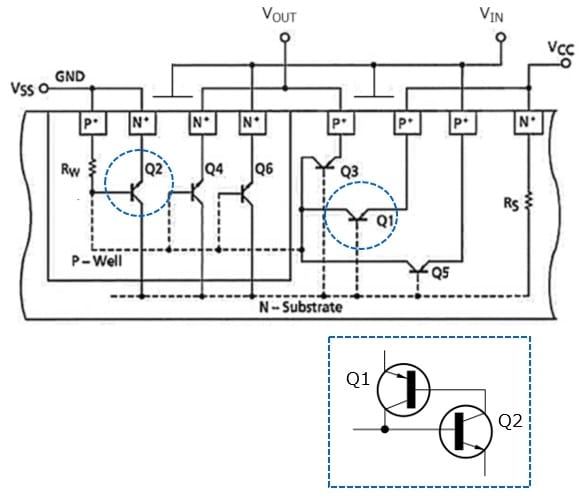
The following briefly describes the process leading to a latch-up.
The below figure shows an equivalent circuit of a CMOS circuit, including its parasitic structure. An NPN transistor (Q2) is formed in the p-well on the n-channel MOSFET side while a PNP transistor (Q1) is formed in the n-substrate on the p-channel MOSFET side. Parasitic resistances (RS and RW) also exist between IC pins. Parasitic elements (Q1 and Q2) form a thyristor.
For example, if current flows into the n-substrate because of an external cause, a voltage drop occurs across resistor RS in the n-substrate. As a result, Q1 turns on, causing current to flow from VCC to GND via resistor RW in the p-well. The current flowing through RW produces a voltage difference across RW, which turns on Q2, causing supply current to flow via RS. Since this further increases the voltage difference across RS, Q1 and Q2 remain on. Consequently, the supply current continues increasing. As described above, CMOS ICs suffer from a latch-up problem when voltage differences occur across RW in the p-well and RS in the n-substrate.

Countermeasure for latch-up
Use under the rated conditions.
But it is recommended to add a protection circuit to the IC interface as shown in below figure.
if an excessive surge might be applied to the IC.
Usage Considerations of CMOS Logic ICs
Products
Related information
- Application Notes
- FAQ


